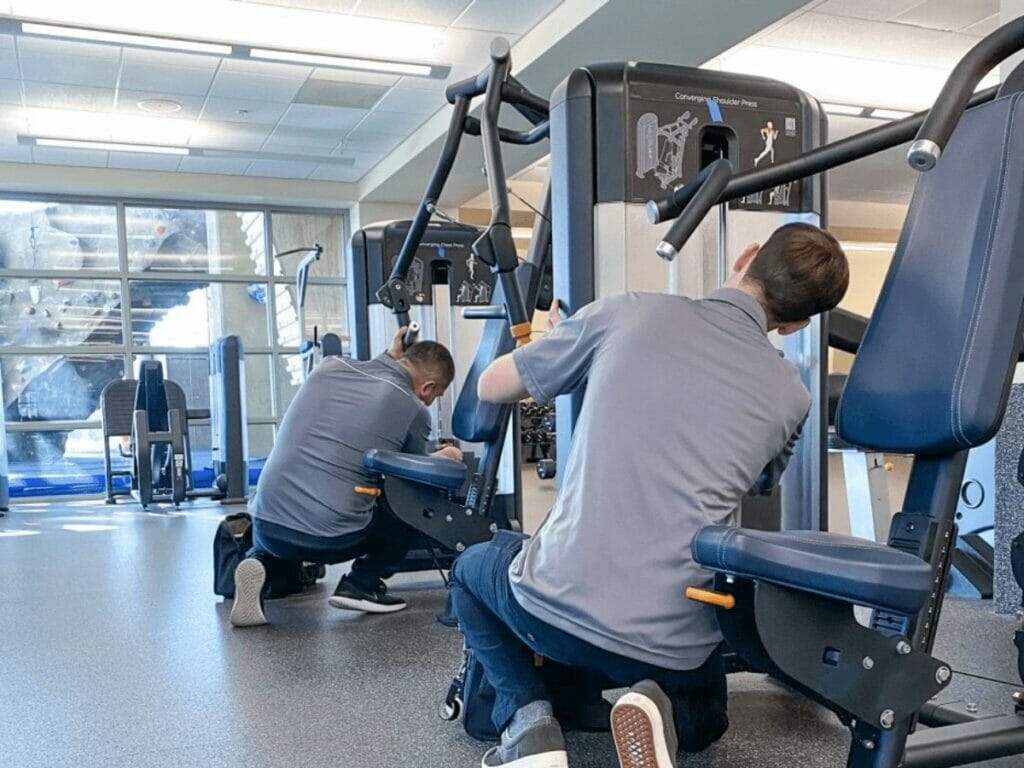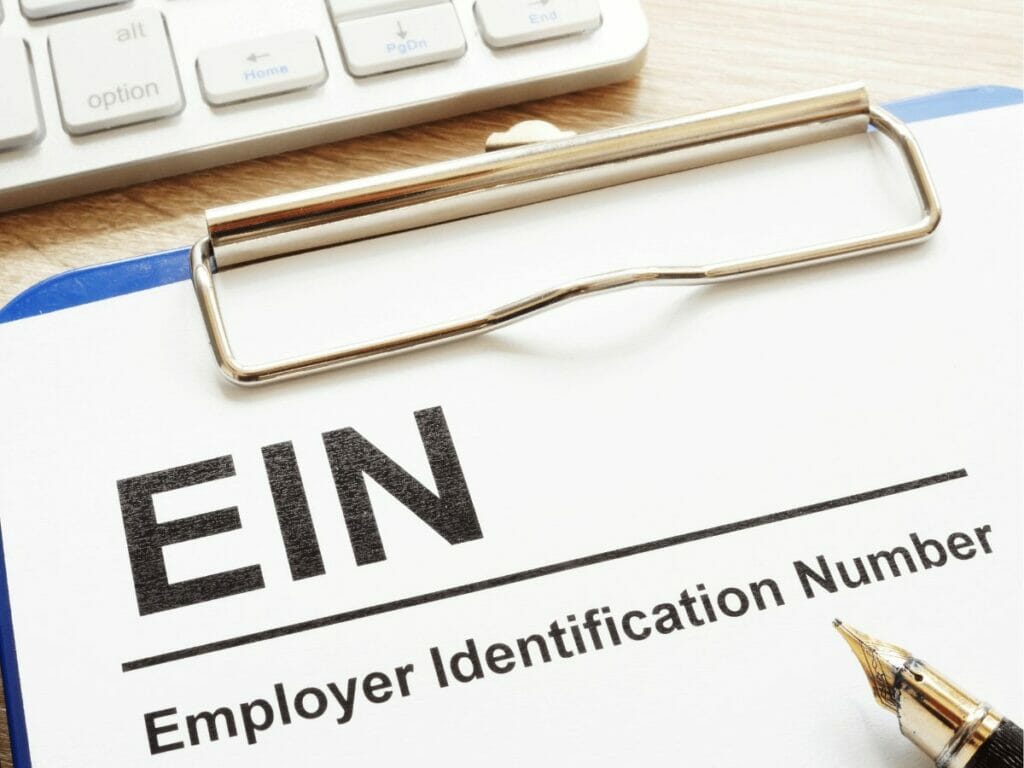Opening a gym is a dream for many fitness enthusiasts and entrepreneurs. It seems like a straightforward business idea, but the reality is far from simple. As someone who has been passionate about fitness for years and has considered what do you need to open a gym, I have come to realize the challenges that come with this venture.
Opening a gym requires significant investment in terms of time, money, and effort. From finding the right location and equipment to hiring the right staff, there are many aspects to consider. However, with careful planning and execution, it is possible to turn your gym into a successful and profitable business.
In this article, we will explore the various aspects of opening a gym and provide tips to overcome the challenges you may face.
Let’s get started!
Table of Contents
1. Misunderstanding the Market
The gym industry is not a one-size-fits-all business, and it takes more than a love for fitness to be successful. Understanding the market intricacies is crucial and failing to do so is a common pitfall. We will delve into 3 key areas that business owners often misunderstand.
Overlooking the Competition
There’s a strong temptation to believe that passion and dedication alone will steer gym business to success. However, glossing over the stiff competition in the gym industry can be a monumental mistake. Every town or city will likely have a selection of gyms, fitness centers, and boutique studios vying for the same clientele.
The table below highlights the key aspects of overlooking the competition in the gym industry. Explore the importance of market research, developing a unique selling proposition, conducting competitive analysis, effective marketing and branding, and prioritizing customer retention to navigate the competitive landscape successfully and stand out in a saturated market.
| Overlooking the Competition Aspects | Description |
| Market Research and Analysis | Overlooking the competition often stems from a lack of thorough market research and analysis. Conducting a comprehensive assessment of the local market helps identify existing competitors, their offerings, target audience, pricing strategies, and marketing tactics. Understanding the competitive landscape enables gym owners to position themselves strategically and differentiate their services to attract and retain customers. |
| Unique Selling Proposition (USP) | Ignoring the competition can result in a failure to develop a unique selling proposition (USP). A USP highlights what sets a gym apart from its competitors and defines its value proposition. By identifying and emphasizing unique features, services, or benefits, gym owners can effectively differentiate themselves and appeal to their target audience. |
| Competitive Analysis | Overlooking the competition often leads to a lack of awareness regarding competitors’ strengths, weaknesses, and marketing strategies. Conducting a competitive analysis helps gain insights into competitors’ offerings, pricing models, customer experience, and marketing tactics. This information allows gym owners to identify areas for improvement, capitalize on market gaps, and develop effective strategies to gain a competitive edge. |
| Marketing and Branding | Neglecting to analyze and respond to competitor marketing activities can hinder gym business growth. Understanding competitors’ marketing tactics, target audience, and messaging helps gym owners develop unique and compelling marketing strategies. By effectively positioning their brand and communicating their unique value proposition, gym owners can attract customers and create a distinct identity in a crowded market. |
| Customer Retention and Satisfaction | Disregarding the competition can result in a failure to prioritize customer retention and satisfaction. Engaging with customers, understanding their needs, and offering superior customer service are essential for building loyalty and preventing customers from being swayed by competitor offerings. Monitoring competitors’ efforts can also provide insights into successful customer retention strategies. |
Neglecting Demographic Research
Opening a gym that caters to everyone might sound like a lucrative idea, but in reality, it’s neither feasible nor profitable. Gym owners need to understand their demographic and tailor their services accordingly. Failing to conduct demographic research could mean setting up a high-end gym in a low-income neighborhood, which is likely to result in a struggle to acquire members.
Ignoring Industry Trends
Like any other industry, fitness trends change regularly. Gyms that overlook this are likely to lose clients to businesses that offer the latest training methods and equipment. In my years of experience, I have learned that understanding the trend is not a one-time task. It’s a continuous process.
2. The Pitfalls of Inadequate Business Planning
Effective planning is the backbone of any successful business, and gyms are no exception. A well-thought-out business plan not only gives a roadmap to follow but also helps anticipate and navigate potential challenges. Let’s explore five pitfalls that arise from inadequate business planning.
Underestimating Startup Costs
Opening a gym involves significant financial commitment. According to a statement in Dollar and Sense, the initial setup cost was around $180,000 to $200,000, from procuring state-of-the-art equipment to leasing a suitable space, the costs can pile up rapidly. An inadequate budget estimation can lead to a shortage of funds and jeopardize the entire venture.
Failing to Anticipate Maintenance Costs
Once the gym is operational, regular maintenance of the facility and equipment becomes crucial for the business’s survival. It’s not just about crunching numbers; it’s about foreseeing challenges and preparing for them. Not having an accounting for these recurring expenses can lead to a financial crunch.
Not having a risk management plan
Risk is inherent in any business venture. A good business plan includes a risk management strategy to handle unforeseen circumstances like accidents, natural disasters, or sudden business downturns. Having seen the ups and downs of the fitness industry, I can stress the importance of a thorough business plan, guiding light that leads a gym through the tumultuous initial years towards sustainable success.

3. Insufficient Funding and Financial Mismanagement
According to the Global Health and Fitness Association, 81 percent of health and fitness studios fail within their first year. The financial aspect of opening a gym is an extensive topic. It encompasses everything from the initial capital required to set up the gym to the ongoing financial management that keeps the gym thriving. Lets examine the effects of having insufficient funding and financial mismanagement:
Initial Investment
Initial investment includes the cost of leasing or buying a suitable space, purchasing essential gym equipment, and setting up the necessary facilities. A well-planned initial investment can set a strong foundation for the gym. Conversely, inadequate funding may lead to compromises in quality, which can adversely affect the gym’s reputation and member experience in the long run.
Marketing and Advertising
Marketing and advertising play a vital role in attracting members to the gym. Insufficient funding can hamper the ability to effectively market the gym, leading to a slower member acquisition rate and lower visibility in the market. It’s not just about having enough funds; it’s also about effectively managing and allocating those funds to make it more meaningful.
Contingency Fund
A contingency fund serves as a financial safety net during unexpected crises or financial hardships. Without one, the gym could face serious struggles during tough times, which could even lead to business failure. Make sure to keep this fund tucked away, only to be used for true emergencies; this will keep the gym afloat during unexpected rough patches.

4. Wrong Location Selection
A location is a specific place where something is situated or happens, which can be defined by its exact position or notable features. Selecting the right location for the gym can be a critical determinant of its success. Here, we will explore the potential effects of choosing the wrong location for the gym.

Visibility and Accessibility
If the gym is not easily visible or accessible, it may struggle to attract and retain members. A location with low foot traffic or poor road access can lead to lower visibility and member acquisition rate. Lack of adequate parking space can be a significant deterrent for potential members. It can be particularly problematic in urban areas where parking spaces are often limited.
Market Saturation
Opening a gym in an area with a high concentration of gyms can lead to fierce competition. It can also limit the market share, making it harder to sustain the business. However, don’t let this dampen the spirits – find unique selling propositions to distinguish the gym and rise above the competition.
Demographic Mismatch
If the gym’s location does not align with the target demographic, it may struggle to attract the right members. For example, a high-end gym may struggle in a low-income neighborhood. I’ve learned from my experience that selecting the right location for a gym is as much an art as it is a science.
5. Poor Equipment Choices
Choosing the right gym equipment is not as simple as it might seem. This decision requires thoughtful consideration of the gym’s unique needs, budget, and the preferences of potential clients. Poor equipment choices can significantly impact the success of gym.

The following are five adverse effects of making poor equipment choices:
Lack of Client Satisfaction
If the gym lacks the necessary equipment or if it is of poor quality, it may result in dissatisfaction among the members. They may not feel they are getting value for their money, leading to decreased member retention. Investing in high-quality gym equipment from Yanre Fitness, a trusted manufacturer known for its durable and professional-grade products, could significantly improve client satisfaction and retention rates.
Increased Maintenance Costs
Low-quality gym equipment often breaks down, leading to unexpected repair or replacement costs. This not only strains the budget but can also cause inconvenience for the members. Avoid skimping on quality; investing in premium equipment initially will save a heap of trouble in the long run.
Reputation Damage
Word-of-mouth is a powerful marketing tool in the fitness industry. If the gym becomes known for its poor-quality equipment, this can negatively impact the reputation and deter potential clients. By equipping gym with Yanre Fitness’ robust and reliable machines, instill confidence in the members, and attract potential clients who are looking for a well-facilitated gym experience.
Injuries and Liability
Subpar equipment can increase the risk of injuries in the gym. This not only affects the clients’ health but can also lead to legal complications and increased insurance costs. A tip is always prioritize member safety – it’s not just good business, it’s the right thing to do.
6. Legal Hurdles
When opening a gym, there are numerous legal hurdles. There is a need to comply with various laws and regulations, and failure to do so can have severe consequences. For me, it’s not that intimidating; I’ve been there and survived-it’s a roller coaster worth riding. Here we will focus on the essential legal considerations, as discussed below:
State Licensing
Opening a gym, like any business, requires obtaining appropriate licenses at a state level. The specific requirements can vary by location, but generally, it is needed to ensure that the fitness facility is in compliance with state laws governing health and fitness facilities. This might include licensing related to building codes, health department requirements, and fire safety regulations.
Business Name Registration
Registering business name involves filing paperwork with the relevant local or state agency to officially establish the gym’s name, allowing it to be recognized as a separate legal entity. This process provides the business with rights and protections, like preventing other businesses from using the same name within the state.
Federal Employer Identification Number (EIN)
Obtaining an EIN allows the gym to file taxes, provide tax information to employees, and separates the gym’s tax information from personal tax information. This registration is critical to ensure compliance with federal tax laws and is usually a prerequisite for opening a business bank account. As I have done, taking care of this vital step early save me a lot of time and headaches down the line.

Music License
If a gym wants to play copyrighted music as a part of its offerings (which most do), it needs to obtain a music license. This licensing ensures that songwriters, artists, and music publishers are compensated for the use of their work. Licensing organizations, like BMI or ASCAP, generally handle these rights in the U.S., and gyms must negotiate and pay for these licenses to legally play music and avoid copyright infringement lawsuits.
Certifications
Depending on the specific services offered by the gym, various certifications may be required for staff. These certifications demonstrate that instructors are adequately trained and qualified to teach specific fitness classes or serve as personal trainers. For example, American Council on Exercise, National Academy of Sports Medicine, International Sports Sciences Association, National Strength and Conditioning Association.
7. The Struggle with Staffing and Management
Navigating the realm of staffing and management poses a significant challenge in the quest to open a successful gym. It is not only about hiring qualified professionals, but also about fostering an environment that encourages staff growth and productivity. The forthcoming discussion will delve into the five common struggles related to staffing and management.
High Staff Turnover
When employees are not satisfied with their work environment or feel underappreciated, they tend to look for opportunities elsewhere. This can be quite costly, as it requires additional resources to recruit and train new personnel. Creating a healthy, nurturing work environment can encourage staff loyalty and reduce turnover.
Lack of Proper Training and Development
The absence of adequate training and development programs can stunt the growth of staff members, negatively impacting the quality of service provided. Staff training should not only focus on operational proficiency but also soft skills like customer interaction and handling complaints.
Inadequate Leadership
Without effective leadership, even the most qualified team can struggle to achieve its potential. A good leader should inspire their team, maintain a high level of engagement, and ensure that all staff members feel valued and heard.Remember, leadership is not just about giving orders – it’s about building trust and fostering a supportive, encouraging atmosphere.
8. Neglecting Operational Challenges
Overcoming operational challenges is a key aspect of running a successful business. These hurdles can be significant and varied, often necessitating strategic solutions. Below we will delve into five principal operational challenges:
Facility Maintenance
Ensuring cleanliness, timely repairs, and regular upgrades is critical for member satisfaction and safety. Neglecting these tasks can lead to negative experiences for gym-goers and may damage the reputation of the facility. Consider it like taking care of a prized racehorse, it needs consistent grooming to keep performing at its best.

Member Acquisition and Retention
It requires an effective marketing strategy, excellent customer service, and a variety of engaging fitness programs. Struggling with member retention often means the gym is not meeting the needs or expectations of its clientele. Focus on providing value and unique experiences for the members to keep them coming back.
Regulatory Compliance
Gyms are subject to numerous regulations, such as health and safety standards, building codes, and employment laws. Ensuring compliance with these regulations is vital, as failure to do so could result in penalties or even closure. It requires a thorough understanding of the regulatory landscape and vigilant monitoring of changes to laws and standards.
Conclusion
The process of opening a gym may indeed be a challenging endeavor, but it’s far from an insurmountable task. We hope this article has shed light on the realities of opening a gym, from the initial planning phase to executing your vision.
If you have any more questions or would like further details on any products, please don’t hesitate to contact us today. We’re here to guide you every step of the way. Your journey into the fitness business might seem daunting, but remember, you’re not alone.
Related articles:








